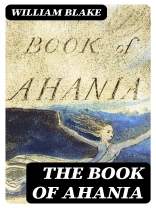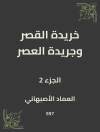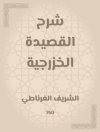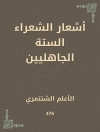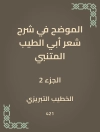William Blake’s ‘The Book of Ahania’ is a profound exploration of the dualities of existence—specifically, the tensions between emotion and reason, and the feminine and masculine principles in human experience. In this remarkable poem, Blake employs a unique poetic form characterized by his distinct symbolic imagery and rhythmic cadences, inviting readers into a dreamlike realm filled with rich allegorical significance. As part of his larger mythological framework, Blake presents Ahania as the embodiment of wisdom, exploring her relationship with the divine and the material world as she navigates the interplay of love, despair, and enlightenment. Blake, an imaginative visionary and influential figure of the Romantic era, drew upon his own experiences and philosophical beliefs to craft this work. A staunch critic of the industrial revolution and societal norms, he sought to challenge the established order through his art. ‘The Book of Ahania’ reflects Blake’s deep interest in spiritual and metaphysical themes, showcasing his belief in the transcendent power of love and creativity while simultaneously critiquing the moral limitations he saw in his contemporary society. Readers seeking a profound philosophical dialogue will find ‘The Book of Ahania’ to be a compelling and enriching experience. Blake’s lyrical genius and the narrative’s depth will resonate with anyone interested in the complexities of the human condition and the interplay of love and reason. This book is not merely a poem; it is an invitation to engage with the eternal questions that define our existence.
Mengenai Pengarang
William Blake (1757-1827) was an emblematic figure of the English Romantic period, acclaimed for his inventive and prophetic poetry, as well as his remarkable work as an artist. Blake’s integration of poetry with his unique method of illuminated printing fostered a rich interplay between his visual and literary artistry. Born in London, Blake demonstrated a keen interest in the arts from an early age, and later apprenticed as an engraver before pursuing his own artistic and literary endeavors.
Best known for works such as ‘Songs of Innocence and of Experience’ and ‘The Marriage of Heaven and Hell’, he approached the prevailing themes of innocence, spirituality, and human experience with a revolutionary perspective. Blake’s legacy is particularly noted for his mythical and visionary qualities, encapsulated in texts like ‘The Book of Ahania’ (1795). A lesser-known text among his prophetic books, ‘The Book of Ahania’ continues Blake’s exploration of creation and the human psyche, with Ahania personifying the separation of pleasure and loss within the cosmos. He critiqued political and religious hegemonies, drawing upon his theological insights and advocating for personal and artistic freedom. Blake’s influence has been enduring and profound, with modern scholars and readers alike celebrating his work for its depth, imagination, and profound humanism.
